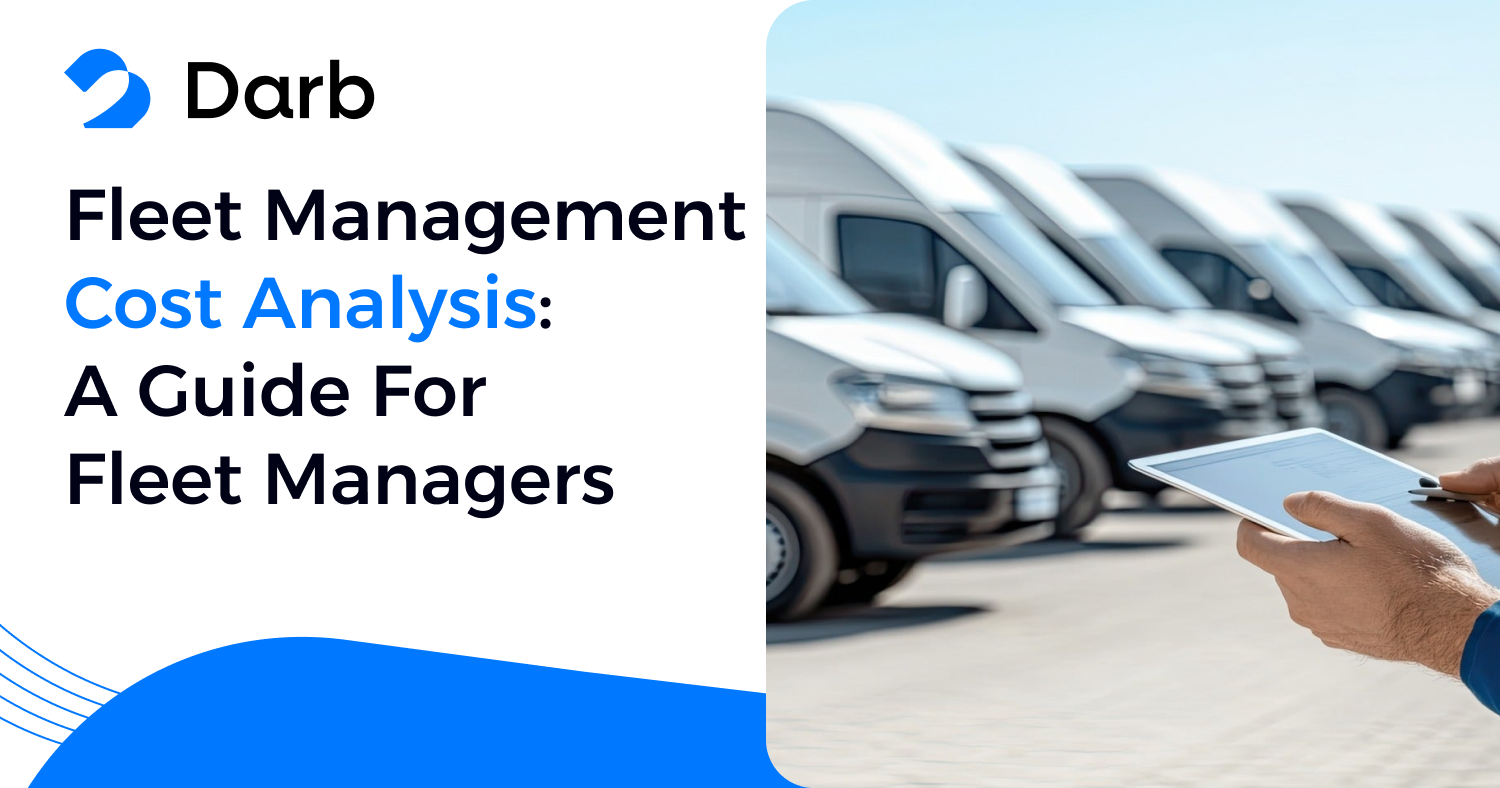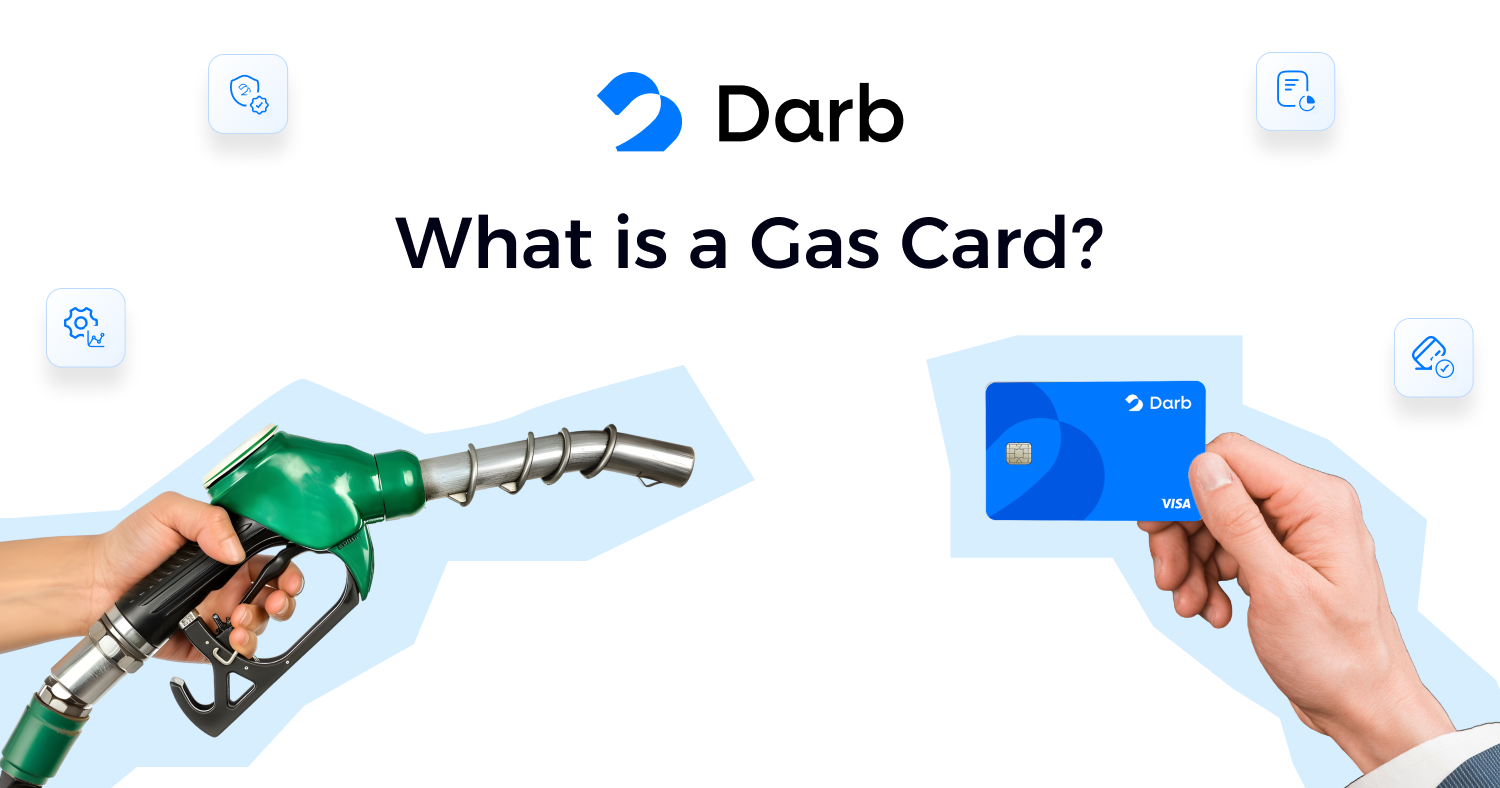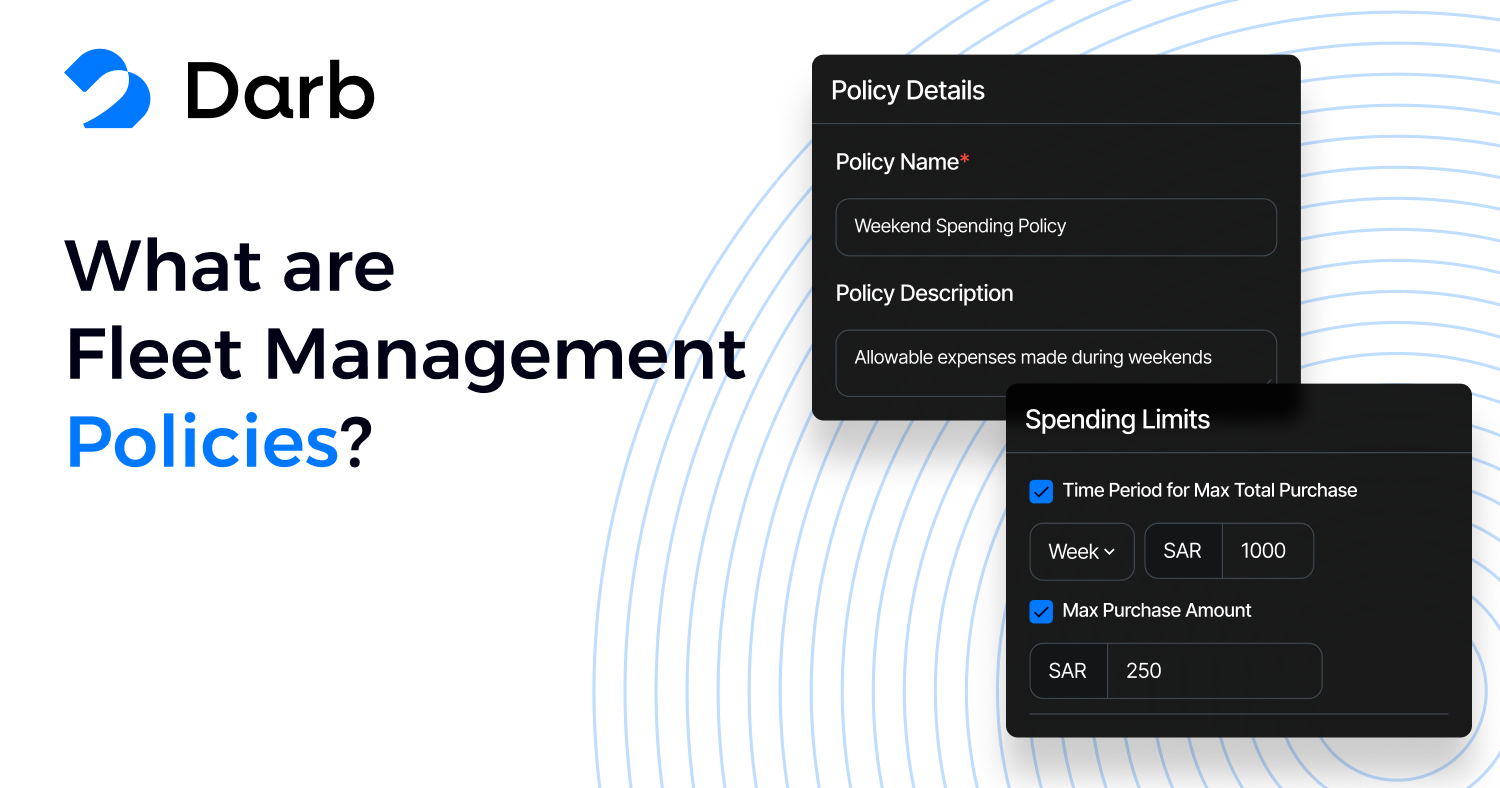Understanding Fleet Management Costs
Fleet management costs encompass a wide range of expenses, including vehicle acquisition, maintenance, fuel, insurance, compliance, and administrative costs. By breaking down these expenses, fleet managers can identify areas where cost savings can be achieved.1. Vehicle Acquisition Costs
The cost of purchasing or leasing vehicles is one of the most significant expenses in fleet management. Understanding the total cost of ownership (TCO) is essential for making informed procurement decisions.- Purchase vs. Leasing: Buying vehicles outright may seem cost-effective, but leasing can provide flexibility and reduce upfront expenses.
- Depreciation Costs: Vehicles lose value over time, and fleet managers should consider resale values and depreciation rates when selecting fleet vehicles.
- Bulk Purchasing Discounts: Many manufacturers offer discounts for bulk purchases, which can help reduce per-vehicle costs.
2. Fuel Costs
Fuel expenses are often the largest operational cost for a fleet. Effective fuel management can lead to substantial savings.- Fuel Efficiency Monitoring: Investing in fuel-efficient vehicles can reduce long-term fuel expenses.
- Route Optimization: Using GPS and telematics to find the most efficient routes can lower fuel consumption.
- Fuel Cards: Implementing fuel card programs helps track fuel spending and prevent fraud.
3. Maintenance and Repair Costs
Routine maintenance is essential to ensure fleet vehicles remain operational and avoid costly breakdowns.- Preventive Maintenance: Regular servicing, oil changes, and tire rotations help extend vehicle lifespan and prevent major repairs.
- Predictive Maintenance: Using telematics and data analytics, fleet managers can predict when a vehicle might require maintenance, reducing downtime and unexpected costs.
- Negotiating Service Contracts: Partnering with service providers for bulk maintenance contracts can lower costs.
4. Insurance Costs
Fleet insurance is a necessary expense, but it can be optimized to reduce overall costs.- Comparing Insurance Providers: Shopping around for competitive rates ensures cost-effective coverage.
- Driver Safety Programs: Training drivers on defensive driving and safety measures can reduce accident rates, leading to lower premiums.
- Vehicle Tracking for Claims Reduction: Telematics can provide data to support insurance claims and lower premiums by proving responsible driving behavior.
5. Compliance and Regulatory Costs
Ensuring compliance with safety and environmental regulations is crucial to avoid fines and legal issues.- Regulatory Compliance Monitoring: Staying updated on changing regulations prevents penalties.
- Emissions Compliance Strategies: Implementing fuel-efficient and eco-friendly vehicles reduces emissions-related costs.
- Driver Licensing and Certification Costs: Regular training and certification ensure compliance with local and federal laws.
6. Administrative and Operational Costs
Managing a fleet requires administrative resources and systems to keep operations running smoothly.- Fleet Management Software: Investing in software to automate reporting, tracking, and cost analysis improves efficiency.
- Labor Costs: Optimizing fleet personnel and automating tasks can reduce administrative expenses.
- Data Analytics for Decision-Making: Using analytics to track fleet performance helps identify cost-saving opportunities.
Cost-Saving Strategies for Fleet Managers
Fleet managers can implement several strategies to optimize fleet expenses and improve overall cost efficiency.1. Implement Telematics and GPS Tracking
Telematics systems provide real-time data on vehicle location, driver behavior, and fuel consumption. This technology helps fleet managers:- Monitor driver behavior to reduce excessive idling, harsh braking, and speeding.
- Optimize routes to save fuel and reduce travel time.
- Identify underutilized vehicles to optimize fleet size.
2. Optimize Vehicle Utilization
Maximizing the use of each vehicle in a fleet ensures better efficiency and cost control.- Eliminate Unnecessary Vehicles: Conducting regular fleet utilization reviews helps remove underused vehicles.
- Vehicle Pooling: Sharing vehicles among multiple departments can reduce fleet size and maintenance costs.
- Fleet Rightsizing: Ensuring the fleet is neither too large nor too small helps reduce operational inefficiencies.
3. Improve Driver Training and Performance
Driver behavior significantly impacts fleet costs, from fuel consumption to accident-related expenses.- Defensive Driving Courses: Training drivers on safe driving techniques reduces accident risks and insurance premiums.
- Incentive Programs: Rewarding drivers for fuel-efficient driving and accident-free records encourages cost-saving behavior.
- Regular Performance Reviews: Monitoring driver performance using telematics helps enforce safe and efficient driving practices.
4. Streamline Fuel Management
Fuel represents a major expense, and controlling fuel consumption is essential for cost reduction.- Bulk Fuel Purchasing: Negotiating fuel contracts with suppliers can secure lower fuel rates.
- Alternative Fuel Vehicles: Switching to hybrid or electric vehicles can lead to long-term fuel savings.
- Reducing Unnecessary Idling: Implementing policies to limit idling helps save fuel and reduce engine wear.
5. Use Fleet Management Software
Technology-driven solutions help fleet managers track expenses, optimize operations, and analyze cost trends.- Automated Reporting: Generating detailed reports on fuel usage, maintenance costs, and fleet efficiency helps identify savings opportunities.
- Predictive Analytics: AI-powered analytics can forecast maintenance needs and reduce unexpected breakdowns.
- Mobile Access: Cloud-based fleet management software allows remote monitoring and decision-making.
6. Review and Negotiate Vendor Contracts
Fleet managers should regularly assess vendor contracts to ensure cost-effectiveness.- Maintenance and Repair Contracts: Negotiating bulk service agreements can reduce per-vehicle maintenance costs.
- Fuel Supplier Agreements: Establishing partnerships with fuel providers can result in discounted fuel rates.
- Insurance Policy Reviews: Conducting annual insurance reviews helps identify cost-saving opportunities.






